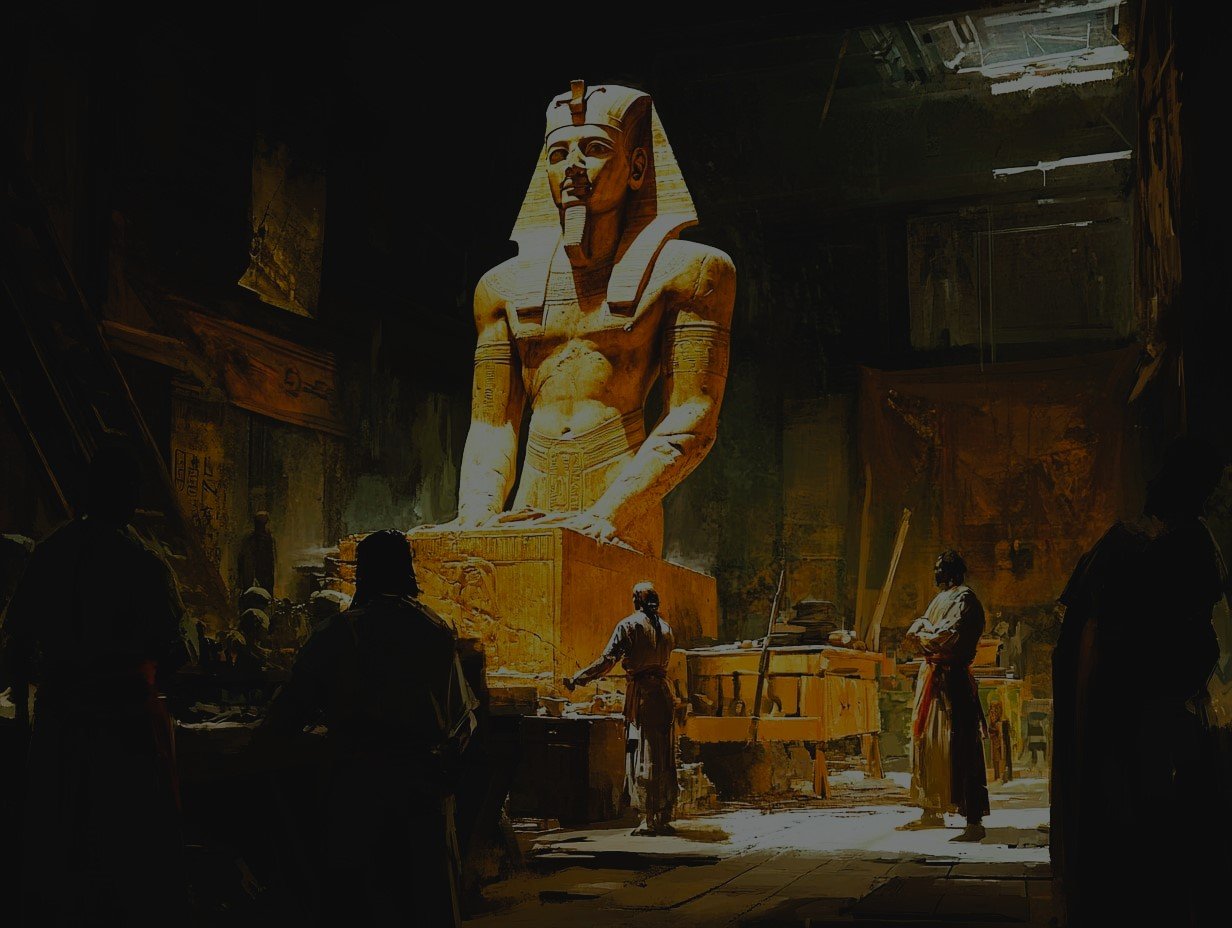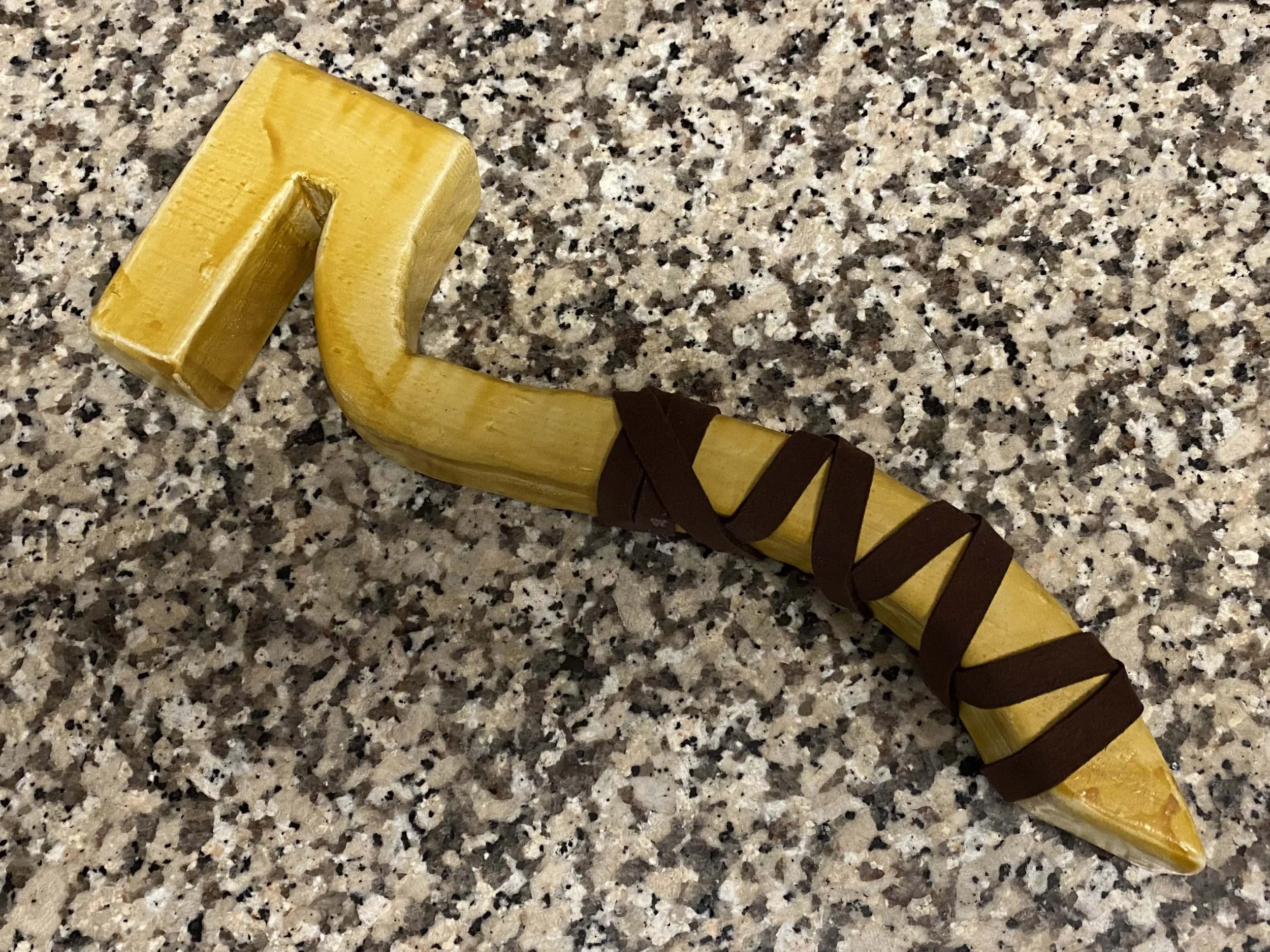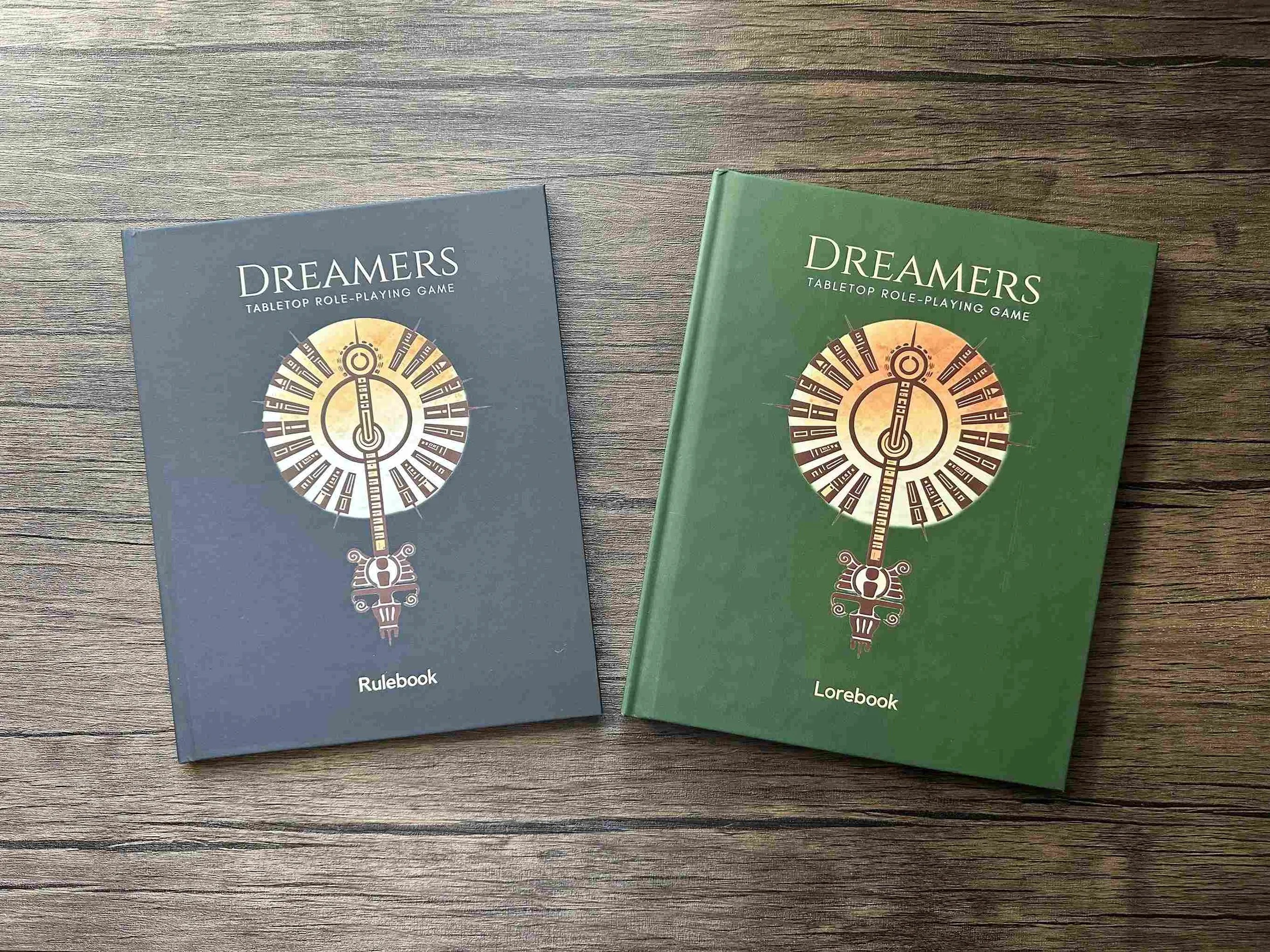
What is Demiurgy?
Demiurgy is a devotional act of conscious creation. It is when you produce, craft, or design so that a finished work becomes an icon of your inner contemplation. Demiurgy begins by turning the mind to the Nous (the formative Intellect that forever radiates patterns through the World-Soul into matter) and then shapes materials in ethical imitation of that order. Each craft therefore is an offering, ascending natural sympathies and daimons to the “demiurgic and supremely perfect powers,” while also realigning the artisan’s partial soul with the seira of its patron deity (Ptah for metalwork, Asclepius for healing, etc.). Because every deity is the Creator, any art, skill, or discipline pursued with piety and the struggle to create beauty, can be demiurgical.
In the Timaeus, Plato says the Demiurge “sowed some souls in the earth, some in the sun,” and each along a living seira, or chain of being, that begins in a leader-god and descends into embodied life. Hermias of Alexandria who wrote a commentary on Plato’s Phaedrus, calls us “partial souls,” distinct yet carrying the stamp of our patron. That stamp shows in desire: a soul touched by Apollo longs for clarity and prophecy, one of Zeus for steady rule. “The soul’s happiness,” Hermias writes, “is to imitate its own god, as far as each is able.”
Demiurgy interprets that existential kinship into craft. Before his work begins, the artisan looks inward, tracing faint impressions of the god. Craft then becomes like a prayer or hymn, rising back up the series. As Hermias warns, intention and virtue decide whether a work mirrors heaven or clutters matter with “noise.”
Damascius, who was another late Platonist and biographer, records an example of a soul who follows his leader-god with the life of Iacobus, in his work called Life of Isidore. Iacobus of Damascus healed with such precision that the sick hailed him as “another Asclepius,” the deity of healing. Philosophers judged his soul “Asclepian,” born with healing insight and, by loving mastery of medicine, drawn ever closer to God. His excellence “revealed the god at work,” just as Pheidias’s statues gleamed Hephaestus’s fire and Zeuxis’s canvases caught Apollo’s light.
Demiurgy is a three-fold discipline. First, contemplation (seeing the chain from God to Becoming) orients the soul upward. Second, ethical craftsmanship (domain-aligned, excellence-driven labor) mirrors the Mind that “fell in love with Its own Form” and bestowed its powers of contemplation on man. Third, sacred invocation (names, hymns, silent mediation) tunes the artisan’s work to the divine speech that turns the heavens. When these converge, the Theurgist lets “the gods work through” him, and the craft becomes the living reenactment of the Demiurge’s creativity. Struggle to create something beautiful. Struggle to remember Beauty.
To view some of my own demiurgical projects, please check out my translations of hymns into various sacred languages, my didactic TTRPG, and various Voces Mysticae music I have created.
For more information, read my free book “Theurgy: A Guide.”








